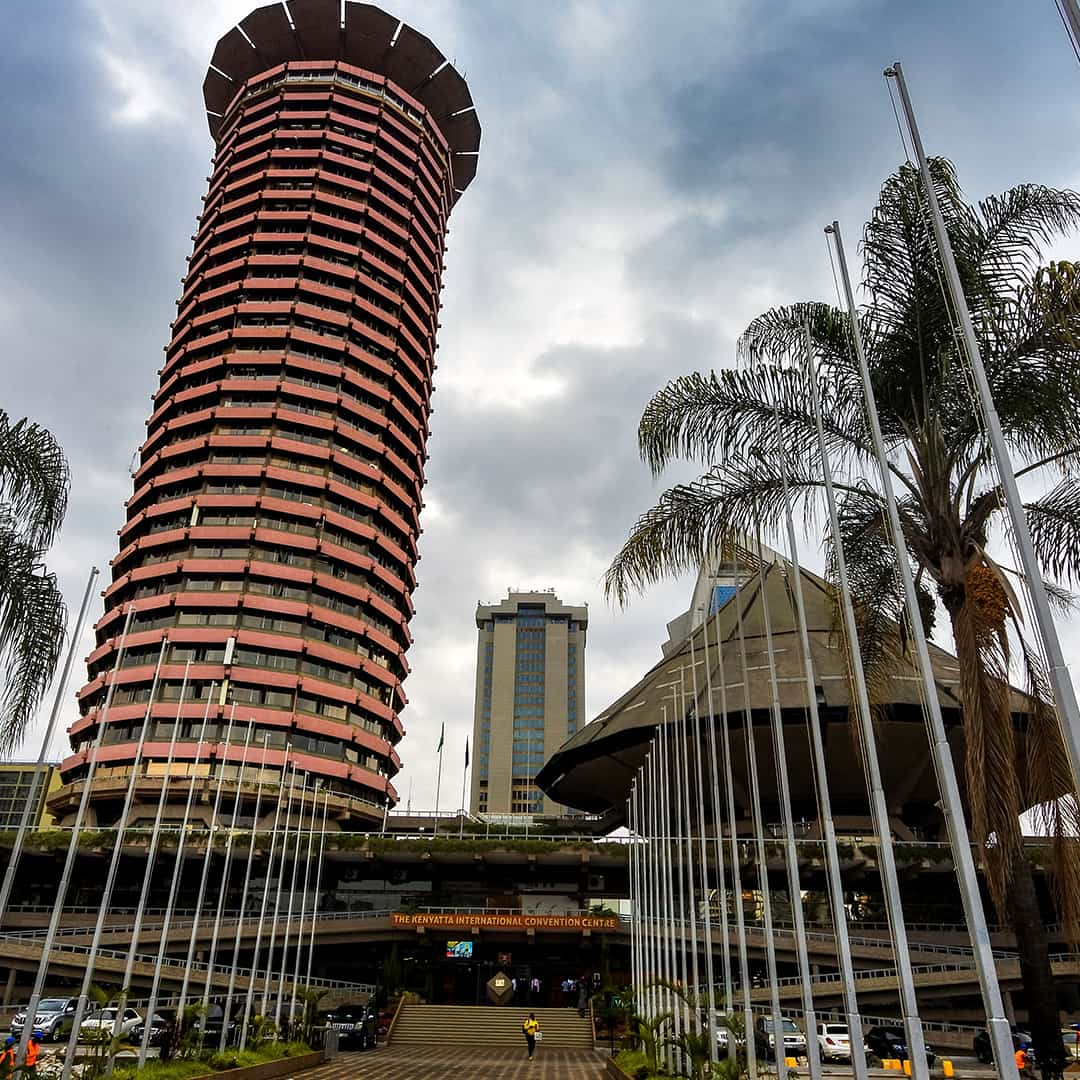Four retention models that could solve staffing crisis in African hospitals
Why retaining talent, not just recruiting, is the competitive edge in African healthcare.

Hospitals across South Africa and East Africa face ongoing staffing shortages, but the deeper issue is poor retention. While the scramble to hire continues, forward-thinking hospital leaders are shifting the question from how to recruit more to how to retain the talent they already have. With Africa’s healthcare labour market projected to grow at a 7.1 per cent CAGR through 2030, failure to act could cost hospitals millions in turnover, retraining, and lost continuity of care.
The hidden cost of attrition
Even with investments in training, facilities continue to lose skilled professionals at alarming rates. Every resignation costs more than just a salary. It erodes continuity of care, drains leadership pipelines, and undermines return on investment in human capital.
Dr. Hassan Leli, County Director of Health and Sanitation Services, Kilifi County, revealed: “We are working tirelessly to make sure all those who are due for promotion get them, and also capacity building.”
Every time a trained clinician is lost, the system ends up not just replacing a person but losing years of context, continuity, and leadership.
Despite the urgency, most retention plans are either reactive or nonexistent. But a few hospitals are flipping the script and seeing real gains.
What’s working: four retention strategies delivering results
1. Holistic incentives that reflect staff realities
At Gatundu District Hospital, combining financial and non-financial incentives like housing, pensions, training support, and recognition nearly doubled staff retention compared to facilities without such benefits.
2. Career growth and promotion pathways
Hospitals like Siaya County Referral Hospital saw success by investing in staff career progression. Transparent promotion pipelines, leadership opportunities, and staff participation in decision-making all contributed to lower turnover rates. “Delayed promotions and lack of clear advancement paths contribute heavily to low morale,” says Lizah Nyawira, a public health researcher whose work with Kenya’s national and county HR managers revealed the impact of deep inefficiencies in contract and promotion systems.
In private hospitals across Nairobi, internal career development programs and clear growth metrics helped retain top talent in both nursing and clinical departments.
3. Mentorship and supportive culture
Retention isn’t just about compensation. It’s about belonging. In South Africa, hospitals that invested in structured mentorship and peer support programs for early-career nurses reported lower burnout, better job satisfaction, and stronger team cohesion.
Positive workplace culture, emotional safety, and inclusion in leadership decisions have all proven critical to long-term retention.
Speaking about her research on workplace culture and mentorship in South Africa’s Northwest Province, Sisinyana Khunou explained: “What we found was deeply concerning. Many newly placed nurses spoke of poor supervision, little to no orientation, and even bullying in the workplace. These issues weren’t just frustrating; they made some consider leaving within their first year.”
4. Staff transfers and county-level retention measures
In many Kenyan counties, Emergency Obstetric and Newborn Care (EmONC) trained clinicians were transferred before their skills could impact maternal care. To fix this, local governments introduced training databases, retention policies, and deployment guidelines ensuring specialized skills stayed where they were most needed.
The numbers say it all
Up to 40 per cent increase in staff retention where integrated models were adopted
Lower burnout and turnover intention in hospitals with mentorship and career pathways
Reduced recruitment and training costs through higher staff retention
Improved patient outcomes tied to better continuity of care and team stability
What’s still holding the system back?
Persistent challenges continue to undermine retention:
Urban migration pulls talent from rural areas
Burnout, wage gaps, and delayed promotions drain morale
Career growth paths remain unclear or nonexistent
Weak data systems limit workforce planning
Staff voices are often excluded from decision-making
To fix this, hospitals must build smarter systems by:
Partnering on national training and retention strategies
Investing in digital HR tools and predictive analytics
Creating clear leadership paths and meaningful incentives
Using remote training, wellness tools, and regional talent-sharing
Is your hospital retention-ready?
Retention models aren’t just “nice-to-haves.” They’re critical infrastructure for sustainable care. Hospitals that thrive in the coming years will be those that:
Track and act on real-time workforce data
Offer value-aligned compensation and benefits
Prioritise mentorship, culture, and transparent promotion
Collaborate on regional staffing pipelines
Define success by long-term staff satisfaction, not just recruitment numbers
The staffing crisis in African healthcare is solvable, but only if hospitals stop treating retention as an afterthought and start designing it as an HR strategy.
With improved workforce planning tools, predictive scheduling AI, and public-private training collaborations, hospitals can move from reactive staffing to proactive talent architecture, one that anticipates needs, supports staff growth, and sustains long-term care delivery.
With better data, hospitals can make smarter staffing decisions. Retention isn’t luck. It is a strategy.
Africa calling! Meet innovative strategists, network with like-minded business leaders, and learn more about the latest healthcare trends and innovations at WHX Cape Town. Sign up now to secure your spot today!

WHX Nairobi
Sep 2, 2026 TO Sep 4, 2026
|Nairobi, Kenya
Join us at WHX Nairobi—East Africa's #1 healthcare event. WHX Nairobi unites thousands of healthcare professionals under one roof to learn, trade, and network. It provides a platform to showcase healthcare innovations, attract investment, and position Kenya as a regional medical hub.
